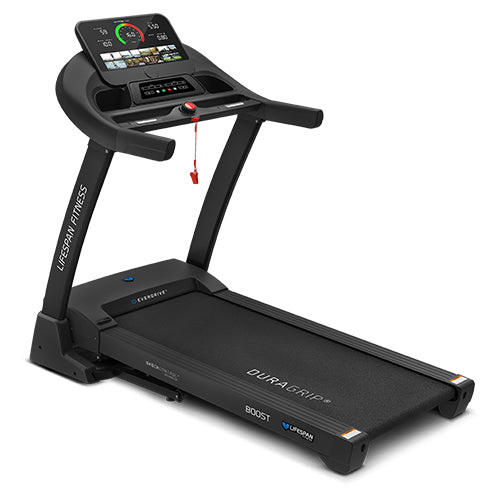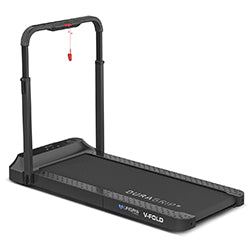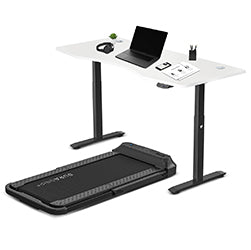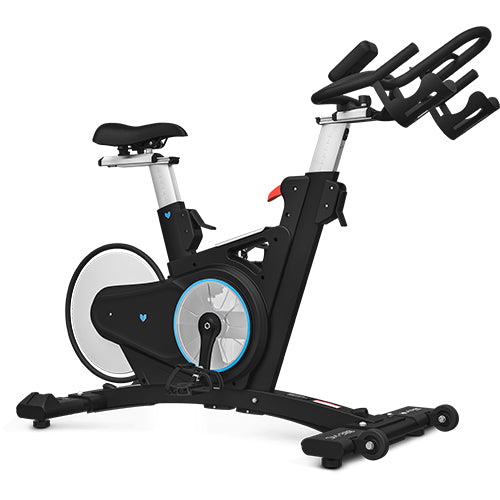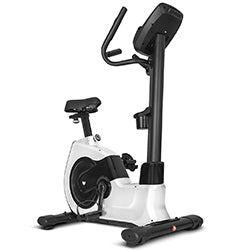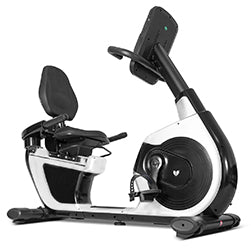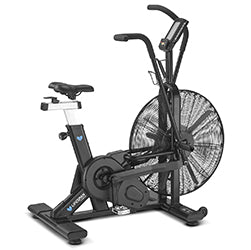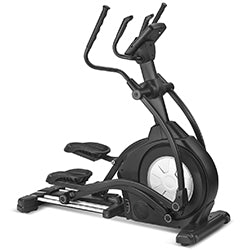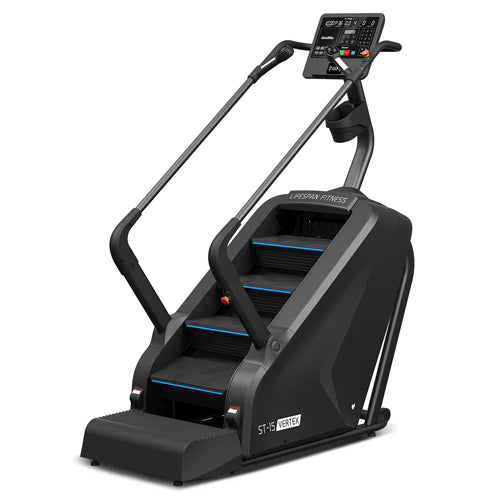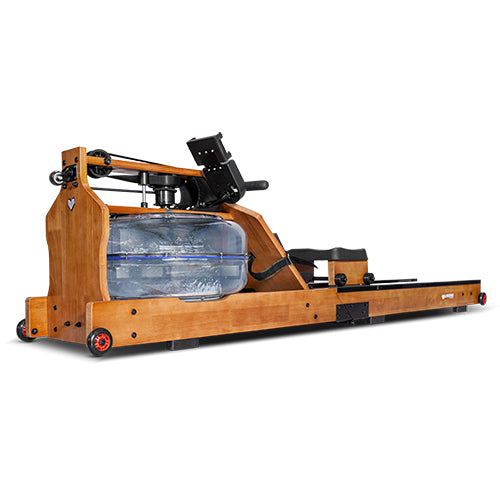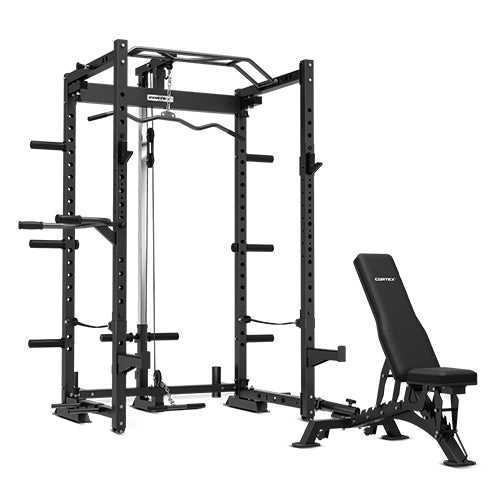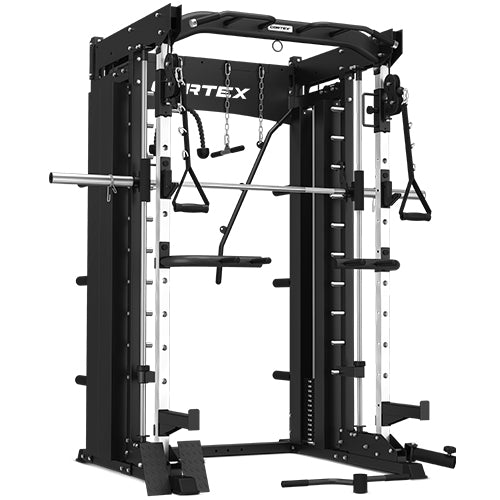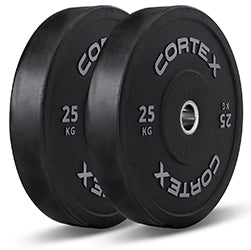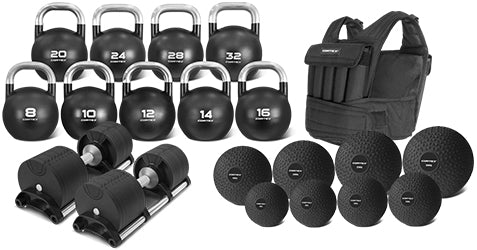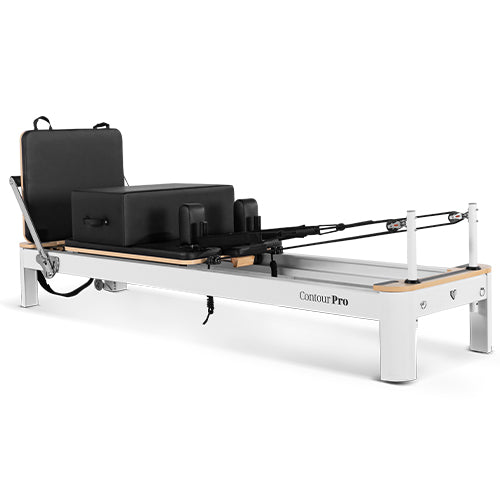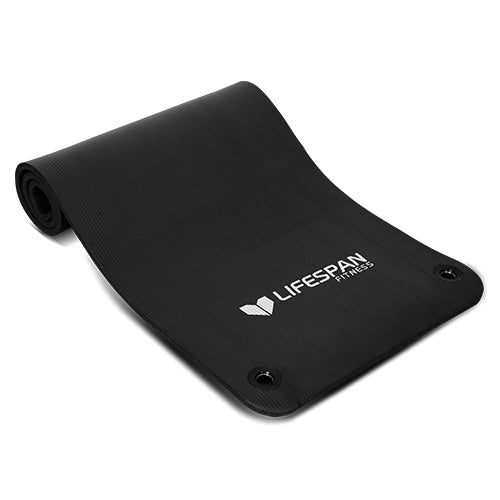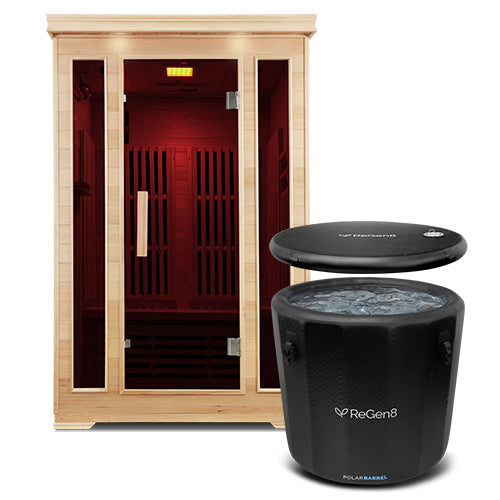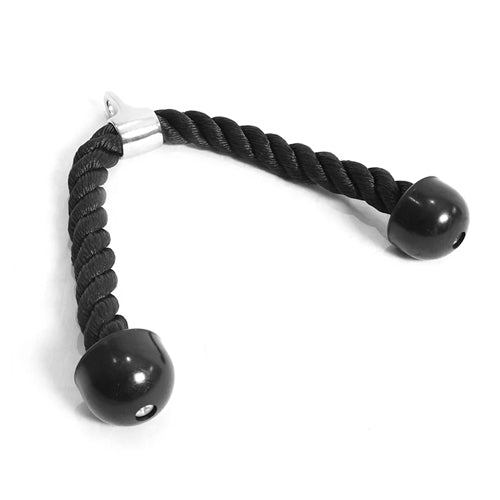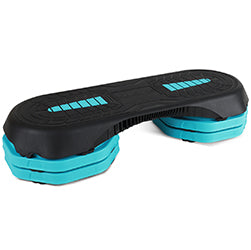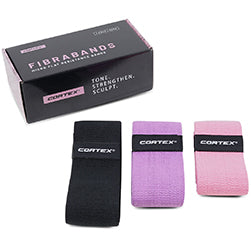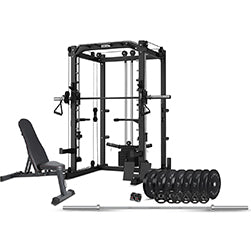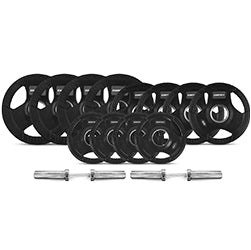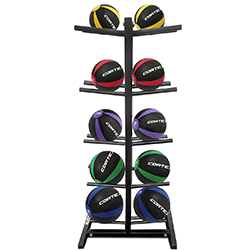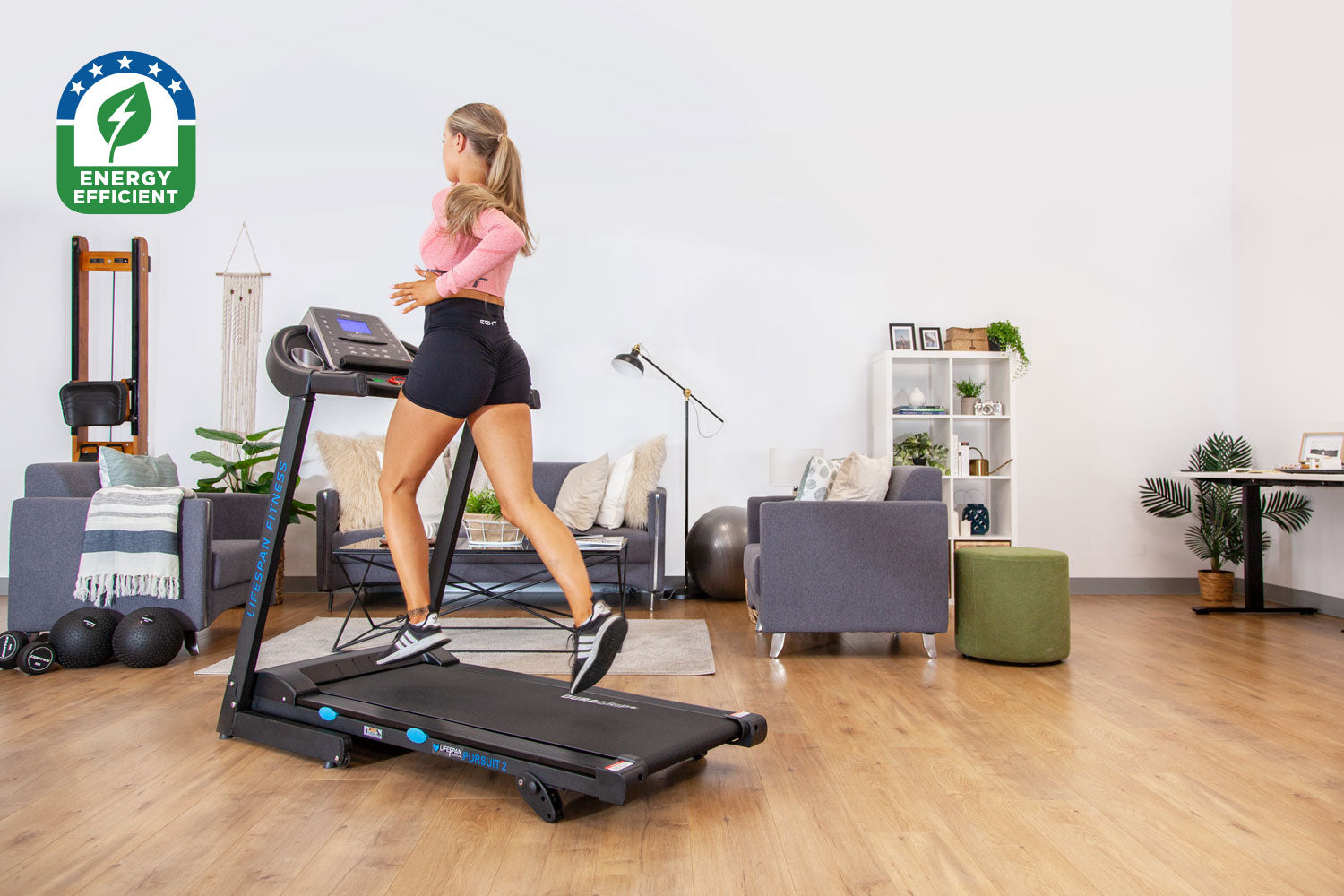

For many households, energy consumption and rising energy costs have become a major concern, and more and more people are looking for ways to take back control of their energy use. Whether you’re looking to reduce the energy you use on a daily basis, or are just curious about the efficiency of the appliances in your home, it can sometimes be tricky to figure out the energy usage of specific machines. A key appliance in this regard for a lot of households is the treadmill, and just how much energy these large machines are swallowing up. Here we’ll discuss ways of determining the electricity usage of your treadmill, the factors that can influence its efficiency, and what you can do to reduce overall power usage.
Determining Energy Consumption

There are a few ways to figure out just how much electricity your treadmill is using, keeping in mind that different treadmills will operate differently, and there’s no one size fits all approach. Horsepower (HP) and watts-per-hour readings are the most common and straightforward way of determining the energy consumption of a treadmill. Unfortunately, these readings aren’t always accurate due to the fact that treadmills don’t always run at the specified horsepower. There can also be a lot of variation depending on speed, load and other factors. Additionally, peak HP ratings only represent the highest horsepower available and do not necessarily indicate that the motor will be running constantly.
Other Factors Influencing Energy Use
There are a few other elements to look at when determining the specific electricity consumption of your machine. Speed is an important one, with higher speeds requiring greater amounts of energy. The motor has to work hard in order to move the belt at a faster pace. Old bearings are also a factor, as they become less efficient at rotating the running belt if they are worn or damaged. Lubrication of the running deck will also play a role. The motor will have to work harder to move a belt that is dry or has little lubrication, which will result in higher energy consumption. Finally, the load on the treadmill also plays a role in energy efficiency. A higher load means that the motor has to work harder, which will result in higher energy consumption.
To get a better idea of the electricity usage of your treadmill, it’s important to look at real-world usage data. Below is a graph of different motors (the H6, H7, and H7X), and their energy efficiency at different speeds. As you can see, smaller motors consume more power, as they have to work harder to have the same level of output as a larger motor. Also note that the brushless motor (H7X) is the most efficient of the three.
|
Power Consumption @ Speed Interval Chart |
||||
|
EverDrive Motors (H Grade Comparison) |
H6 |
H7 |
H7X (Brushless) |
Brushless Efficiency |
|
6km/h |
263 Watts |
240 Watts |
155 Watts |
35% |
|
9km/h |
379 Watts |
360 Watts |
250 Watts |
30% |
|
12km/h |
525 Watts |
480 Watts |
350 Watts |
27% |
|
15km/h |
610 Watts |
600 Watts |
450 Watts |
25% |
Brushless Motors

So, why are brushless motors so efficient? Brushless motors are designed to run smoothly and quietly, which results in a lower energy consumption. Additionally, brushless motors have fewer moving parts, which reduces the amount of energy required to run the motor. Brushless motors also have the advantage of being much quieter than an average treadmill, as well as lower maintenance requirements, a longer lifespan, and the ability to take on greater weight loads without reduction in capacity.
FreeRun Treadmills
An option to consider if you want to minimise your energy consumption even further is a curved, FreeRun treadmill. Unlike motorised treadmills, these machines have no electric motor and require no connection to a main power source. Instead, the curved running belt is set in motion manually by the movement of your feet. Not only does this save on energy usage, but has many benefits above normal treadmill use, such as greater leg muscle activation, speed control, and more ergonomic design for a healthier running posture.
Conclusion
In conclusion, the amount of electricity used by a treadmill can vary greatly depending on several factors, including the size of the motor, speed lubrication on the running deck, and load. When looking at motorised electric treadmills, a machine with a brushless motor is going to give you the most efficient energy consumption. You may also consider a FreeRun model to save on energy costs and reach your fitness goals. By understanding the factors that influence energy efficiency, you can make informed decisions and reduce the cost of operating your treadmill.




